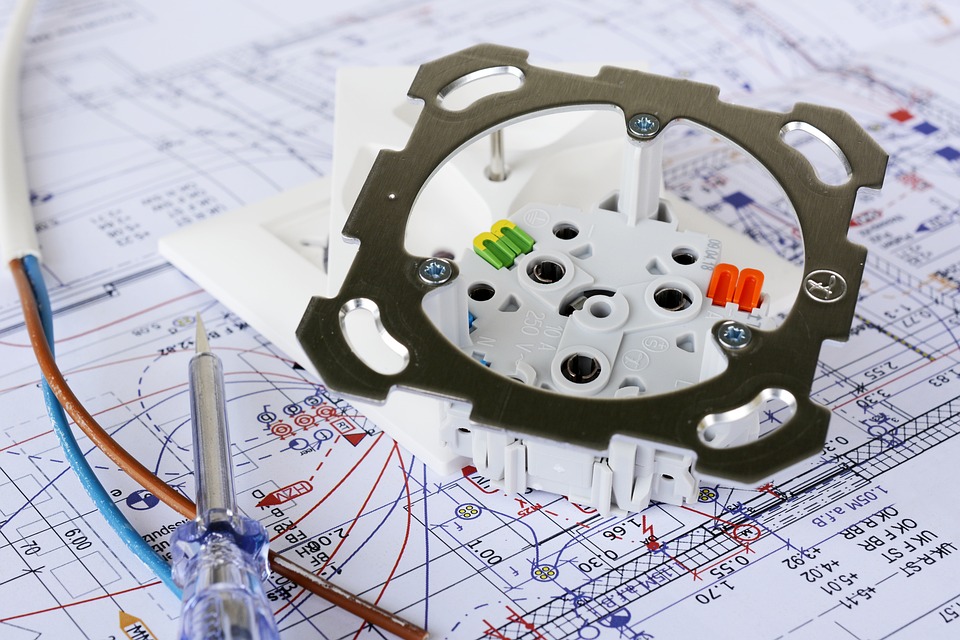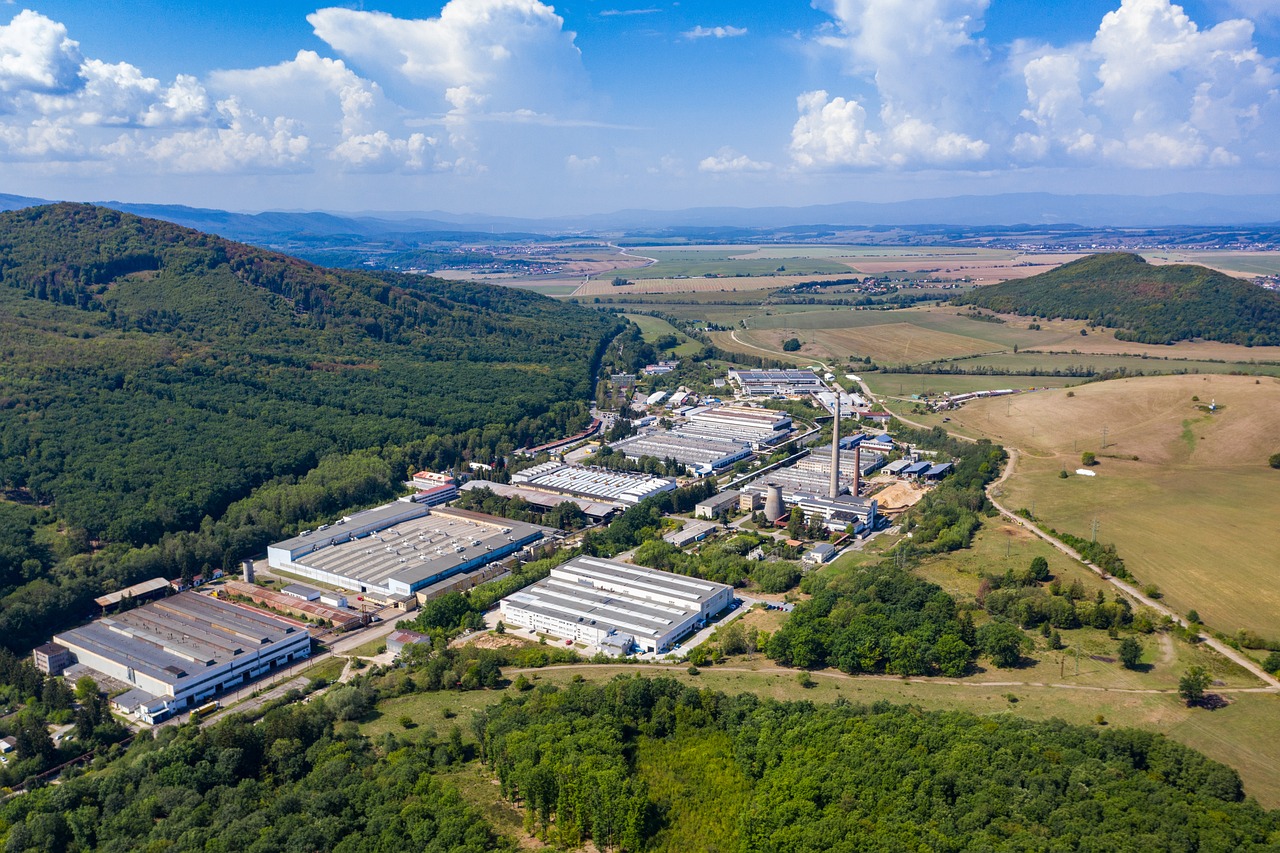Specific meanings, advantages and disadvantages, and points to note for complete-machine export versus parts export:
I. Complete Machine Export
1. Specific connotation
Complete-unit export refers to the direct export of fully assembled products to the target market, such as exporting complete machinery, household appliances, or automobiles.
2. Strengths and Weaknesses Analysis
優(yōu)位性:
- high added value: Whole-machine products typically offer larger profit margins;
- Brand effect: Helps establish an international brand image for the enterprise;
- After-sales service: Direct control over after-sales processes enhances customer satisfaction.
劣勢:
- Higher tariffs: Whole-unit products are generally subject to higher tariff rates;
- High logistics costs: Large size and heavy weight result in high shipping costs;
- Certification complexity: Must comply with the end-product certification requirements for the target market (e.g., CE, FCC).
3. Issues Requiring Attention
- Certification Compliance: Ensure that the complete product passes the mandatory certifications for the target market (such as CE certification for the EU and FCC certification for the US);
- 包裝と輸送: Use shockproof and moisture-resistant packaging to prevent damage during transit;
- After-sales service: Establish a localized after-sales team or agency network to respond to customer needs promptly.

II. Parts Export
1. Specific connotation
Parts export refers to shipping the components of a product to the target market—for example, exporting engine parts, electronic components, or mechanical accessories.
2. Strengths and Weaknesses Analysis
優(yōu)位性:
- Lower tariffs: Parts are generally subject to lower tariff rates;
- Flexible logistics: Compact size and light weight, resulting in low transportation costs;
- Certification Simplification: Some components do not require whole-device certification, resulting in lower compliance costs.
劣勢:
- low added value: The profit margin for component products is relatively small;
- Highly dependent: Must work closely with the system integrators in the target market;
- Weak brand effect: Difficult to directly establish a terminal brand image.
3. Issues Requiring Attention
- Technical Specification Matching: Ensure that the parts meet the technical requirements of the OEMs in the target market;
- サプライチェーン管理: Establish long-term partnerships with OEMs to ensure order stability;
- 知的財(cái)産保護(hù): Avoid infringing patents or trademark rights in the target market.

III. Comparison Between Complete Machine Export and Component Export
| Project | Complete machine export | Parts Export |
|---|---|---|
| Added value | High | low |
| 関稅 | relatively high | lower |
| logistics cost | High | low |
| Certification Requirements | Complex (Whole-Unit Certification) | Simplified (some parts do not require certification) |
| Brand effect | Strong | weak |
| After-sales service | Localization team required | Dependent on the system vendor |
IV. Selection Strategies and Recommendations
Select based on the target market:
- developed countries(Europe and the United States, for example): prioritize exporting complete machines to leverage brand premium;
- Emerging markets(Southeast Asia, for example): Consider exporting components to lower the barrier to entry.
Choose based on enterprise capabilities:
- Strong in technology and well-funded: Export complete machines and build brand barriers;
- Small in scale and limited in resources: Component export, focused on niche segments.
Blend Mode:
Establish an assembly plant in the target market: export parts and assemble locally, balancing tariff optimization with brand building.

結(jié)論
Complete-machine exports and component exports each have their own advantages and disadvantages; companies must choose flexibly based on target-market demand, their own capabilities, and strategic objectives. Whichever model is chosen, compliance, supply-chain management, and brand building are the keys to success.


 カスタマーサービスWeChatをフォローしてください
カスタマーサービスWeChatをフォローしてください